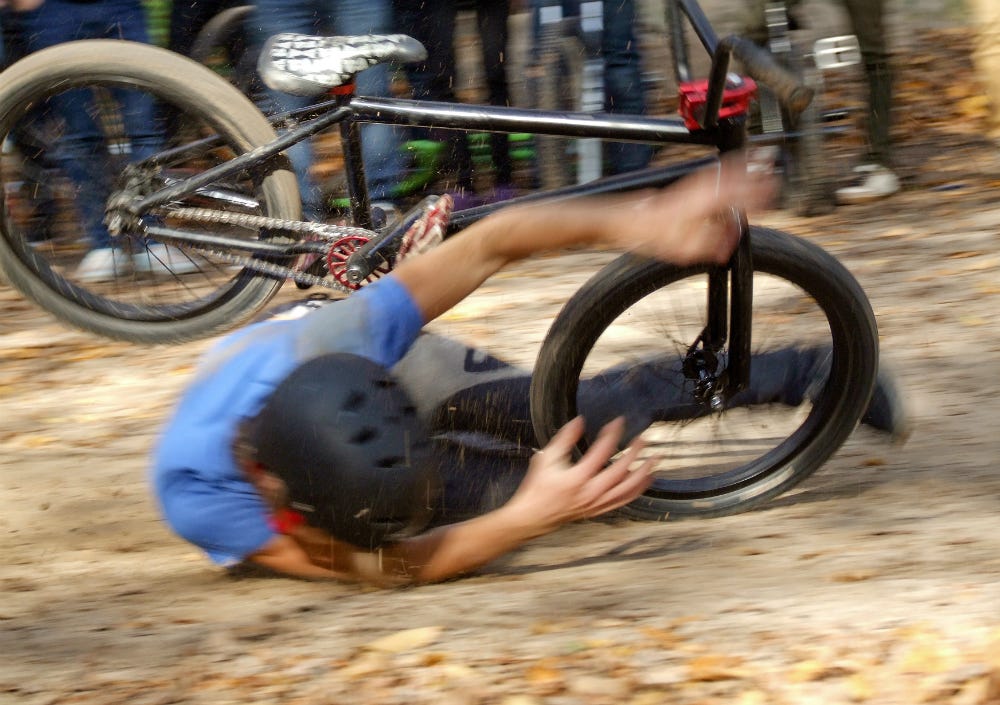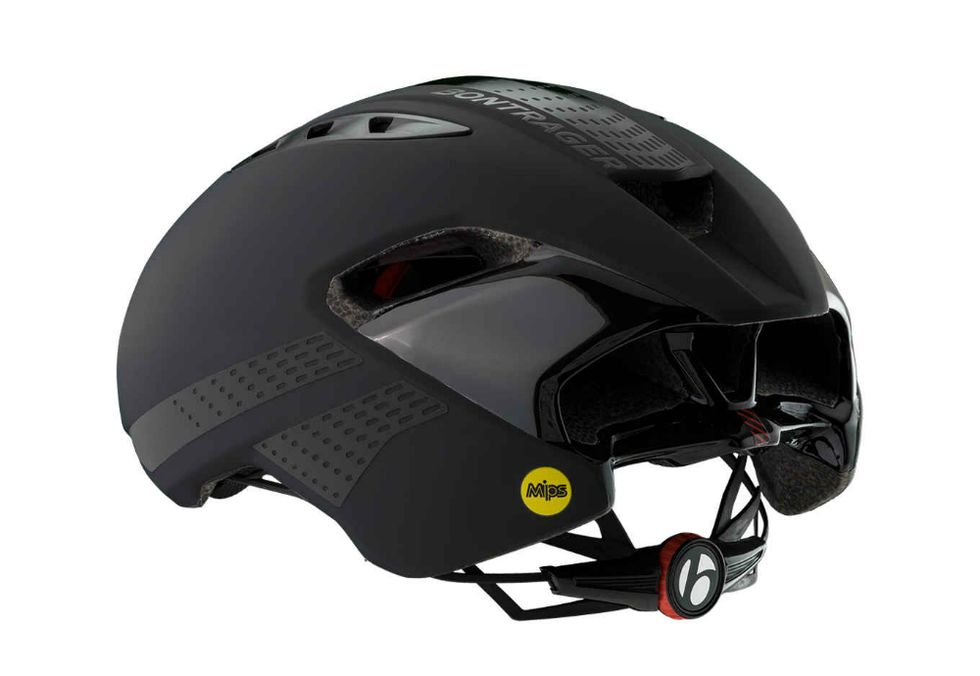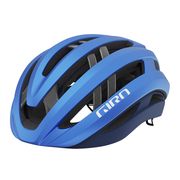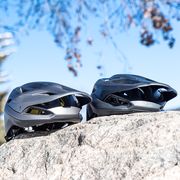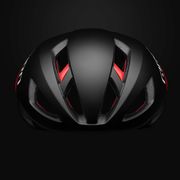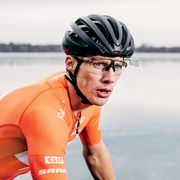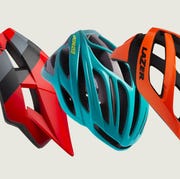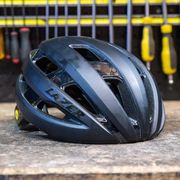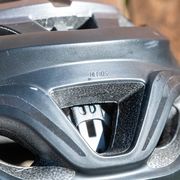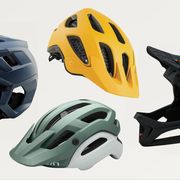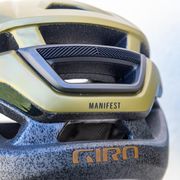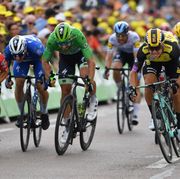Any bike helmet bought in the US is required to pass a series of safety tests. Problem is, those tests have limits that make them irrelevant to many real-life bike crashes.
For instance, to earn approval from the Consumer Product Safety Commission (CPSC), helmets must protect a dummy head when dropped straight down at a specific speed on a hard surface (usually an anvil). But unless you’re going full endo, you’re far more likely to hit your head at an angle during a bike crash. And the CPSC tests for impacts at a speed higher than most cyclists generally endure, despite the fact that concussions often occur at lower speeds.
A new ratings program, developed by Virginia Tech and the Insurance Institute for Highway Safety (IIHS), aims to give riders a more thorough understanding of how well helmets on the market will protect their noggins. And while the first series of ratings, released on Tuesday, doesn’t include any helmets that failed, some did offer more protection than others.
More From Bicycling

“The helmet ratings are important because right now, there’s no available information to consumers when purchasing helmets,” Steve Rowson, director of the Virginia Tech Helmet Lab, said in a press release. “There are differences in performance, and some helmets better reduce risk than others.”
In conjunction with researchers at the Helmet Lab, the IIHS put 30 popular adult-size helmets to a new battery of tests to better simulate real-world bike crashes.
First, the team used the standard CPSC rig to test a helmet in two places—on its side, which is covered by the CPSC testing, and at its front rim, which is not part of the required testing. They then used a different test rig, outfitted with a dummy head striking a slanted anvil covered with 80-grit sandpaper, to simulate an asphalt road that a crashing cyclist would likely hit at an angle.
To create the final ratings system, the team embedded sensors in the helmets and put each one through additional crash simulations involving different speeds and impact locations. The sensors measured acceleration and rotational velocity, which the researchers used to estimate concussion risk. Each helmet was then given a star rating, with 5 stars being the highest and zero stars the lowest, to represent how effectively the model reduces overall injury risk.
Of the 30 helmets tested, four earned 5 stars. All were road-style helmets equipped with Multi-Directional Impact Protection Systems (MIPS), which create a sliding protective layer inside the helmet. When your head hits the ground, the helmet sticks on the rough surface of the pavement but your head can still rotate, which reduces rotational forces that can jostle and injure the brain.
Two helmets earned 2 stars, which is still considered adequate. The rest earned 3-4 stars, and no helmets received 1-star “marginal” ratings or zero-star “not recommended” ratings. Urban helmets didn’t perform as well as road helmets, likely because they tend to be stiffer and don’t absorb energy as well.
Cost wasn’t a predictor of performance. While a more pricey lid may be lighter, better ventilated, more stylish, or come equipped with a more comfortable strap system, it won’t necessarily keep you from getting concussed better than a helmet that costs significantly less. Both the $200 Bontrager Ballista MIPS and the $75 Specialized Chamonix MIPS earned 5-star ratings. (See the full list of rated helmets.)
“Our goal with these ratings is to give cyclists an evidence-based tool for making informed decisions about how to reduce their risk of injury,” Rowson said. “We also hope manufacturers will use the information to make improvements.”
The lab is continuing to test other styles, including mountain bike and BMX helmets, and plans to conduct a series of tests on youth helmets in the near future.

